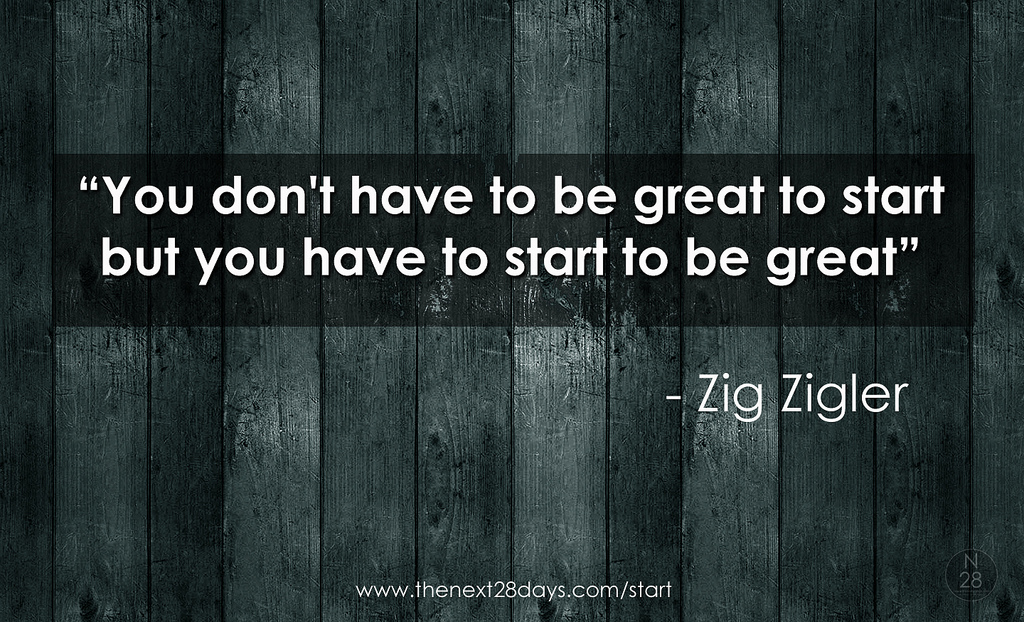 Goals can be an effective tool for managing performance, achieving targets and generally keeping people focused on the task at hand. One of the most interesting aspects of any goal is that the simple process of defining it increases the likelihood it will come to fruition.
Goals can be an effective tool for managing performance, achieving targets and generally keeping people focused on the task at hand. One of the most interesting aspects of any goal is that the simple process of defining it increases the likelihood it will come to fruition.
Having defined a goal, putting it in writing further increases the chances of achieving it—and sharing it with a friend or colleague can boost those odds even more.
Setting S.M.A.R.T. Goals
Many organizations use goal setting as part of their employee development, annual planning and performance review processes; including everything from project completion, to professional development objectives and sales quotas in the list of goals to be accomplished in a given time period. Employees and managers are taught to set S.M.A.R.T. goals to ensure that they provide a solid track to run on and represent a true barometer for success. The parameters for setting S.M.A.R.T. goals are:
Specific Goal objectives should address the five Ws… :
who, what, when, where, and why.
Measurable: Goal objectives should include numeric or descriptive measures that define quantity, quality, cost, etc.
Achievable: Goal objectives should be within the staff member’s control and influence; a goal may be a “stretch” but must be still feasible with the available resources and in the time allowed.
Relevant: Goals should be aligned with the organization’s mission and strategy and have meaning to person or group responsible for achieving the goal.
Time-bound: Goal objectives should identify a definite target date for completion and/or frequencies for specific action steps that are important for achieving the goal.
While goal setting is widely recognized as a useful tool, its true power is often missed: the ability to turbo-charge an organization by aligning department, management and individual goals with the company’s strategic business objectives.
The Power of Cascading Goals
Goals that cascade throughout the company provide employees with a clear line of site from their personal contribution to the company’s mission, vision and strategy. With this understanding, business units, managers and frontline employees can align their goals with the company’s objectives so everyone is pulling in the same direction. Knowing that their smaller goals contribute to the bigger picture and company strategy provides employees with a sense of purpose, which increases engagement for improved job satisfaction and performance. Aligning goals from top to bottom and horizontally also reduces wasted effort, improves collaboration and reduces frustration within the organization. In other words, if you hope to outperform in today’s competitive business environment, goal alignment is a “must do.”

